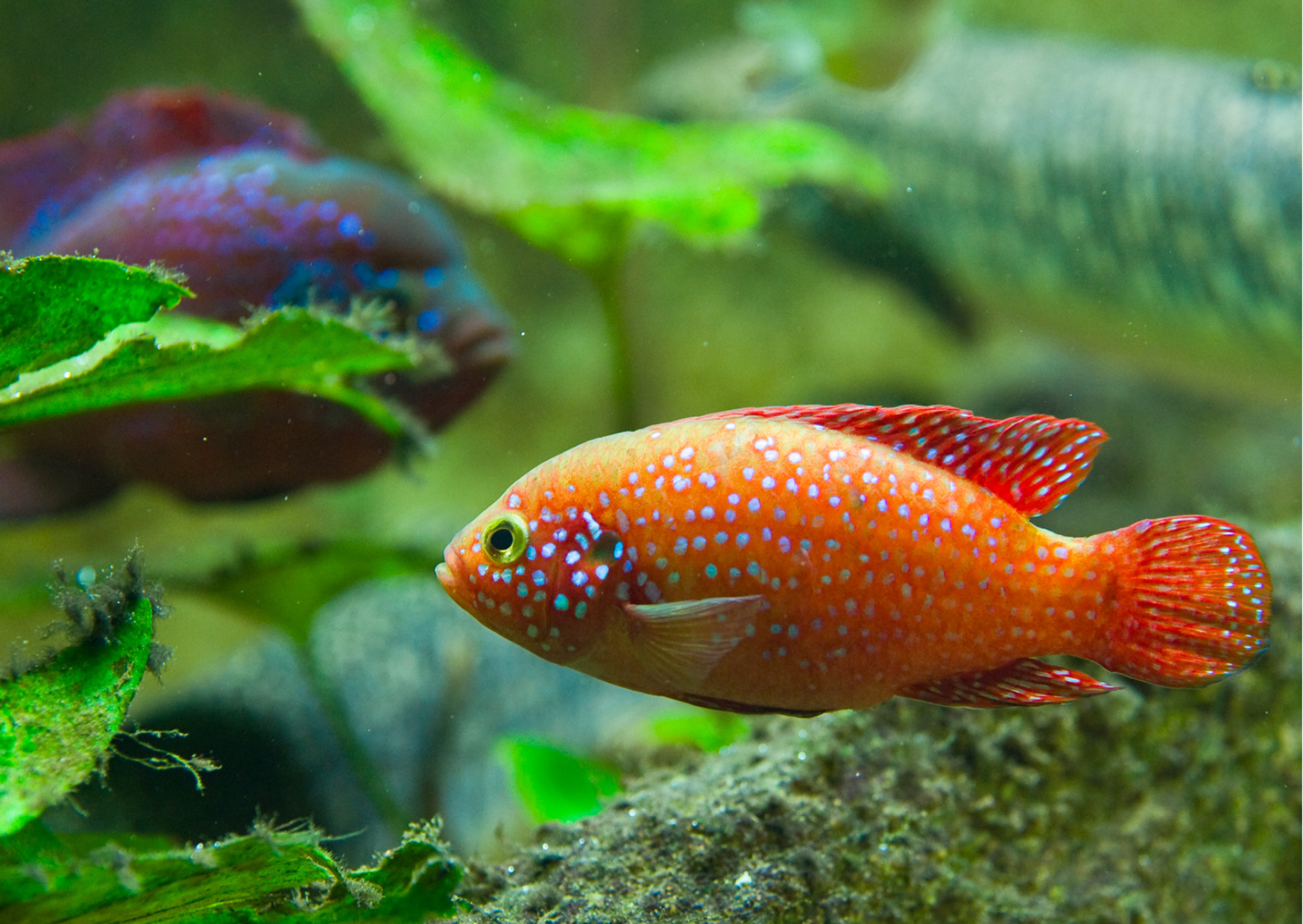Next working day delivery with Royal Mail Tracked 24
Why is the water pH level important to fish?

Why is the water pH level important to fish?
The pH scale is the measurement of the acidity or alkalinity of water. The pH scale runs from 0 (extremely acidic) to 14 (extremely alkaline). The mid point, 7, is known as 'neutral'. pH is generally cited to one decimal place (e.g. pH 6.5, pH 7.3, etc)
It might seem that one-tenth of a pH unit is insignificant, but remember that pH is a logarithmic scale. This means that a pH measurement of 5.0 is ten times more acidic than a reading of pH 6.0. A change of 0.1 pH will have a significant effect on the acidity or alkalinity of the water.

Ideal pH levels for freshwater fish
Most freshwater fish (tropicals, goldfish, etc) will tolerate a pH with in the range of 6.6 to 7.8, but there are many exceptions. For example, cichlids of Lake Tanganyika in Africa are used to highly alkaline waters (pH 8.6 to 9.2) in the wild, while certain south American cichlids inhabit soft, acidic waters and many require a lower pH of around 6.0-6.5.
Variable pH levels in aquariums and ponds
The pH of fish tank and pond water tends to fall over time as organic acids are produced over time by fish and other organisms in the aquarium. Regular partial water changes will help to prevent the accumulation of acid waste, and help stop the pH level falling significantly over time. It is very wise to invest in a testing kit to measure and monitor ph levels in your fish tank.
The diagram below illustrates the ideal pH levels for pond fish:

What can happen to fish as a result of pH levels in aquariums?
A sudden change in pH can be highly stressful and potentially life-threatening to fish, causing a condition known as 'pH shock'. This can attribute to reduced immunity and other stress-related conditions which are harmful to fish.
If it is necessary to expose your fish to a change in pH in your aquarium please ensure this is done gradually, at a recommended level of no more than 0.2 pH units per 24-hour period. This particularly applies to water changes - do not be tempted to make extreme water changes which will drastically effect pH levels in your tank without considering the possibility of 'pH shock'.
Hardness and pH
Water that is HARD tends to be alkaline (pH above 7.0) whereas SOFT water tends to be acid (below pH 7.0). Under soft-water conditions, the pH becomes unstable and can rapidly decrease to a dangerouly low level - know by hobbyists as a 'pH crash'. So if you live in a soft water area, or have a water softener, it is worth monitoring the hardness (GH/KH) as a depletion of hardness will herald a pH crash.
To browse our range of products for controlling and monitoring pH levels in an aquarium please click here.
To browse our range of water testing kits please click here.
Photo credit(s): Canva Pro Licence




